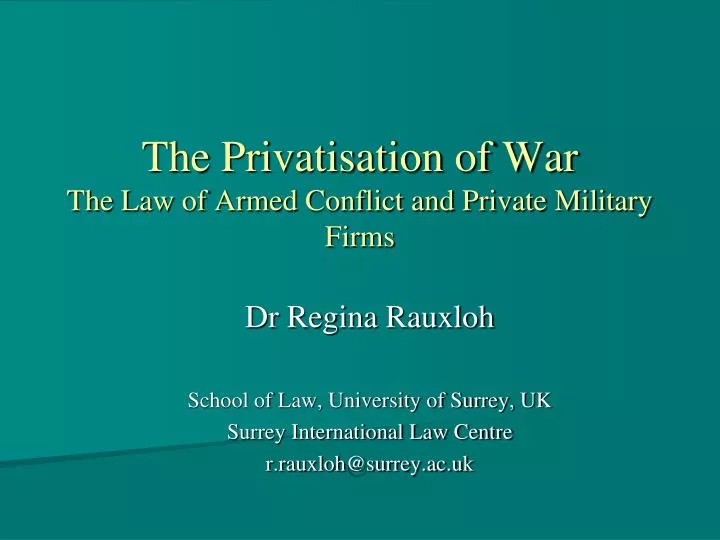
This framework is known as the jus ad bellum, and is enshrined in the UN Charter. It is distinct from, and applies irrespective of, the body of law that regulates the recourse to armed force. IHL regulates activity during armed conflict and situations of occupation. IHL is notable in this regard, as it recognizes obligations for both States and non-State armed groups that are parties to an armed conflict. It has evolved, however, to cover a broad range of actors. The framework traditionally regulated relationships only between States.

Public international law is a broad set of treaties, customary law, principles and norms. IHL is a part of public international law.


As a set of rules and principles it aims, for humanitarian reasons, to limit the effects of armed conflict.įundamental to IHL are the following two principles: International humanitarian law (IHL), also known as the laws of war or the law of armed conflict, is the legal framework applicable to situations of armed conflict and occupation. KEY INTERNATIONAL HUMANITARIAN LAW INSTRUMENTS.


 0 kommentar(er)
0 kommentar(er)
